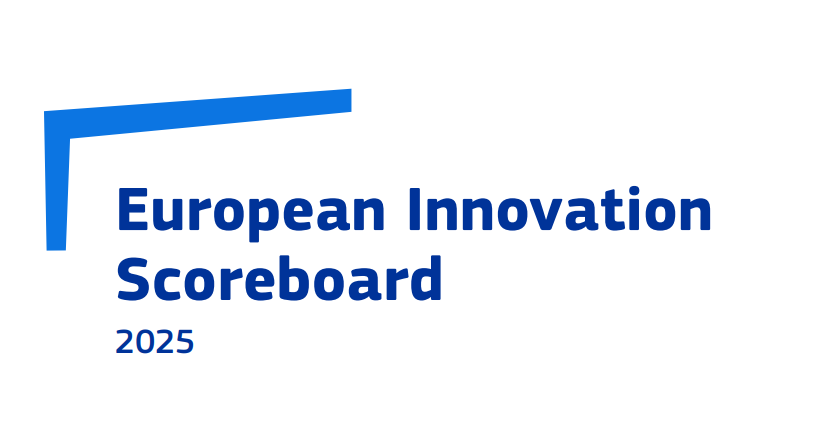Notable Progress across the Western Balkans in the 2025 EIS

The European Innovation Scoreboard (EIS) 2025 provides a comprehensive update on the innovation performance of the Western Balkans economies (Albania, Bosnia and Herzegovina, Montenegro, North Macedonia, and Serbia), all classified as Emerging Innovators.
This designation means their innovation performance remains below 70% of the EU average, though steady progress is evident since 2018.
Regional Context and Outlook
The Western Balkans show a unified upward trend in innovation, but all remain far behind EU averages and other European innovation leaders. Their classification as Emerging Innovators reflects substantial room for growth, particularly in:
- R&D investment and commercialisation
- Human capital development, including digital and lifelong learning skills
- Strengthening government support for innovation and business R&D
- Increasing venture capital availability and fostering private sector innovation.
The inclusion of Albania and Bosnia and Herzegovina in the EIT Regional Innovation Scheme (EIT RIS) as of 2025 enhances regional support structures, aiming to reduce the persistent innovation gap. This scheme connects Western Balkans innovators with larger European ecosystems, providing both financial and collaborative opportunities.
Western Balkans Innovation Performance 2025
WB Economy | EIS 2025 Score (% of EU average) | Key Highlights | Main Challenges |
|---|---|---|---|
| Albania | 37.9% | Gradual improvement; EIT RIS support | Building innovation networks |
| Bosnia & Herzegovina | 25.7% | Slow progress; EIT RIS inclusion | Low innovation infrastructure |
| Montenegro | 45.3% | Steady growth | Business R&D and academia-industry links |
| North Macedonia | 40.0% | Strength in doctorate students, exports | Low public R&D, venture capital |
| Serbia | 51.5% | Strong SME innovation; ICT growth | Skills gap, productivity, design & patents |
Below is a detailed overview of the changes and current standing of each Western Balkans economy in the 2025 EIS.
Albania
Albania ranks at about 37.9% of the EU average. Albania continues on a path of gradual improvement in innovation capacity. While specific sectoral strengths are less detailed, Albania’s inclusion in innovation support networks such as the EIT Regional Innovation Scheme (EIT RIS) from 2025 onward is expected to bolster tailored innovation activities and regional integration in innovation ecosystems.
Bosnia and Herzegovina
Bosnia and Herzegovina scores around 25.7% of the EU average, the lowest among the group. Bosnia and Herzegovina has shown continuous, albeit slow, progress. Like Albania, it joined the EIT RIS in 2025, which aims to help regions with lower innovation performance by providing catalytic support focused on smart specialisation strategies and enhanced collaboration with Europe’s innovation networks.
Montenegro
Montenegro stands at approximately 45.3% of the EU average. It shows a steady but modest upward trajectory in innovation performance. Montenegro’s innovation development largely depends on improving infrastructure for business R&D and fostering stronger connections between academia and industry.
North Macedonia
North Macedonia performs at 40.0% of the EU average. It has demonstrated relative strengths in areas such as the share of foreign doctorate students, non-R&D innovation expenditures, and exports of medium and high-tech products. Despite prior gains, North Macedonia faces a slight regression in innovation output recently, particularly due to low government support for business R&D, scarce venture capital, and weak public R&D spending. Improvements in tertiary education and scientific collaboration coexist with persistently low lifelong learning and digital skills uptake.
Serbia
Serbia leads this group at 51.5%, though still categorised as an Emerging Innovator. It excels in the share of SMEs introducing product and business process innovations and employment in innovative enterprises. It has seen notable growth in cloud computing use, ICT specialists, and collaboration among innovative SMEs. There are significant drawbacks including low high-tech imports, poor design application rates, weak labor productivity, and some of the lowest scores in resource productivity and trademark applications. There are also concerns about declining lifelong learning rates, fewer new doctorate graduates, and decreases in basic digital skills since 2018. While international scientific co-publications and top-cited publications improved, Serbia must address skill development and innovation capacity in both education and industry.
Conclusion
While progress is notable across the Western Balkans in the 2025 EIS, systemic challenges remain, varying by country but commonly featuring weaknesses in government R&D funding, skills development, and innovation commercialization capacity. Continued regional cooperation, international integration, and focused policy reforms are crucial for these economies to climb from Emerging Innovators to Moderate Innovators in the near future.
